Top 5 Reasons why Smart Intersections are Crucial for Traffic Control
The use of smart technology in traffic systems has grown and evolved. In this article, we delve deeper into a fascinating feature changing the face of intelligent traffic control: smart intersections.
Published
February 13, 2023
.avif)
What are smart intersections? How do they aid traffic management?
The idea behind a smart intersection is simple: it is an optimized traffic intersection wherein all relevant processes are calibrated in a way that results in effective traffic movement. This is done by creating a database that contains necessary information: traffic flow data, infrastructure-related figures, velocity and dwell time maps, etc. The database serves as the primary foundation for the creation of a smart intersection, and in turn, an intelligent traffic system.
Smart intersections are important in the arena of traffic management, because they give planners insight into the inner workings of traffic flow. By being able to observe individual and collective routes, traffic personnel can speedily attend to traffic jams, issues such as overspeeding and rule-breaking, and errant driving.
Top 5 Benefits of Smart Intersections
Curbs Congestion
Smart intersections help with the optimization of traffic flow, which is a natural predecessor of a reduction in congestion rates in the area(s). Smart intersection enable an overall smoother traffic flow, owing to reduced wait times at signals based on current traffic conditions. Planners can also use the data to create a database keeping track of patterns, that ensures better preparedness in terms of unanticipated traffic jams.
Smart intersections allow traffic planners to chart the distance between traffic origin and traffic destination, by means of an Origin-Destination Matrix. By numerically estimating the traffic flow at one particular intersection, congestion rates can be more easily reduced.
Enhances Safety on Roads
Intersections are typically traffic hotspots. It is, therefore, no surprise that the likelihood of accidents at an intersection tends to be higher than on a one-way or two-way roadway.
Smart intersections go a long way in minimizing the risk of accidents, and can be used to create safety awareness among commuters and personnel alike. As a result of real-time traffic monitoring, potential hazards can be detected and thereby avoided.
There is room to implement further methods of enhanced safety. A fitting example is Emergency Vehicle Preemption (EVP) where the normal timing of traffic lights can be altered to give emergency vehicles the pass.
Dynamic Rerouting
Since route analysis happens to be one of the many possible subsidiaries to emerge from smart intersections, dynamic rerouting is made possible owing to the fact that the data is processed in real time.
What dynamic rerouting essentially entails is a spontaneous system wherein pockets of heavy traffic/accident sites/unfit roads can be detected and used to alert commuters. The real-time data processing and simultaneous responsive action method enables commuters to avail of better, faster routes.
Reduction in Emissions
Smart intersections, as mentioned previously, are instrumental to moderating traffic flow. Not only are people able to navigate streets better, they allow for a large-scale reduction in average emission rates. Reduced emission rates improve quality of life and make cities more livable.
Conservation of Resources
Smart intersections allow users to monitor traffic usage, frequency and flow. Having a reliable insight into the usage of resources paves the path for conservation.
Smart intersections allow traffic departments to cut back on costs, since adding more lanes or rebuilding roads on a regular basis are both considerably more expensive alternatives. In addition, integrated functions such as adaptive traffic signals and variable messaging allow for an optimized use of available resources.
The Isarsoft Approach
Isarsoft Perception offers users access to a set of six different visualizations. They are, namely, a path map, a position map, a velocity map, a dwell-time map, a detection visualization, and a trajectory map.

The above image is a trajectory map of a particular traffic situation. As one can see, each individual trajectory is depicted by a single white line. The start and end points of each such trajectory are marked in green and red, respectively.
In the image, one can clearly see the intersection being marked by detected objects and their trajectories. The process allows users access to the visual depiction of traffic flow around an intersection, thereby offering insight into vehicle behavior influenced by variables like road conditions, traffic signaling, and design-related constraints.
A trajectory map can also be used to assess traffic route analytics. Observation over a period of time lets users understand trends, behavior and personal preferences during commutes. This leads to the identification of patterns and is used to improve existing methods of traffic management.
More about Isarsoft
With Isarsoft Perception, your camera systems become part of your business intelligence. Whether the goal is to increase efficiency, customer satisfaction or safety, Isarsoft Perception provides the insights needed for informed decisions.
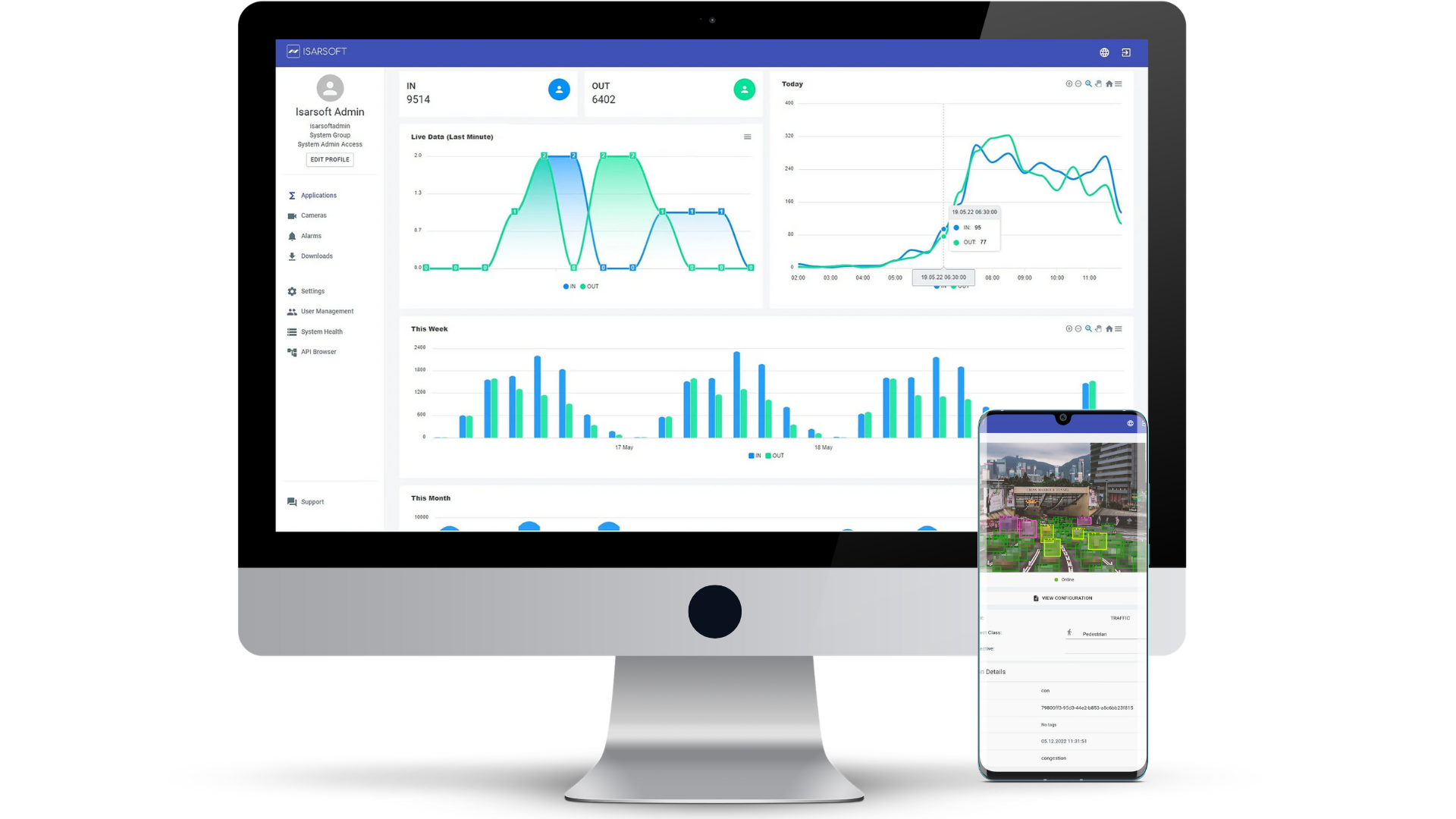
Contact us, to learn more about how to turn security cameras into intelligent sensors.
Optimize your business processes.
Improve business processes with video-based business intelligence from Isarsoft.
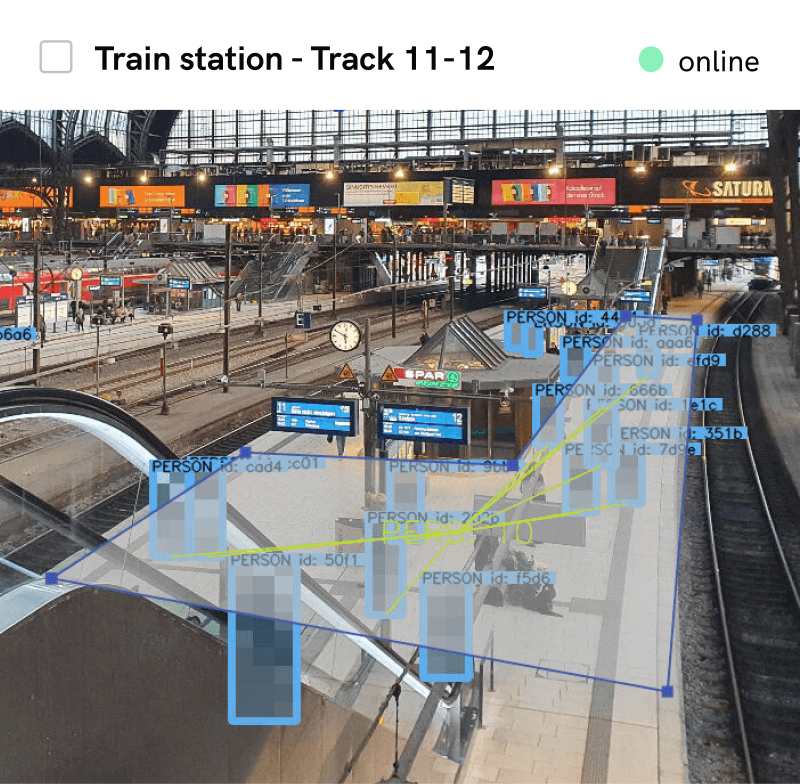

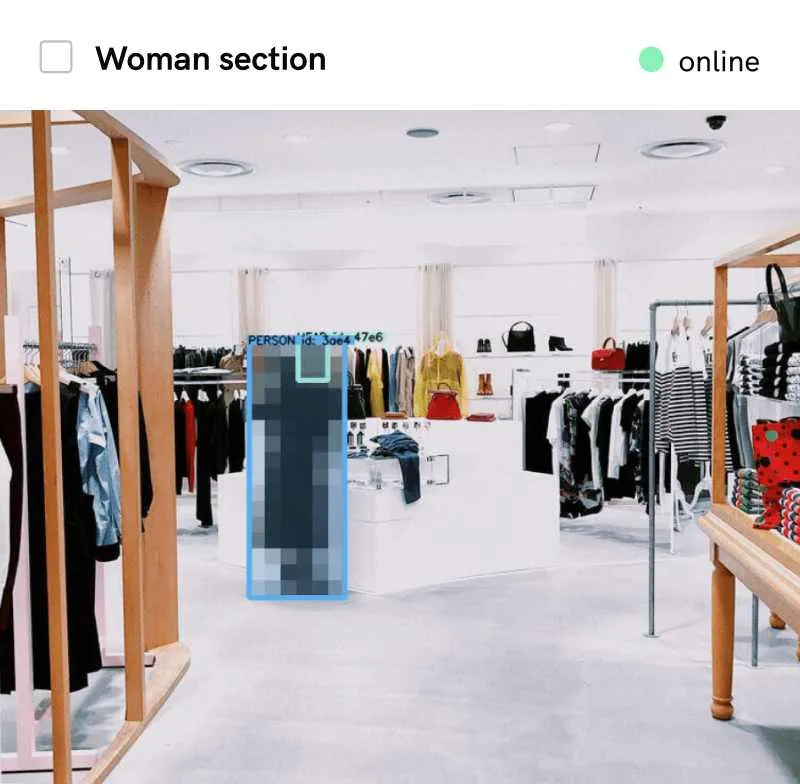
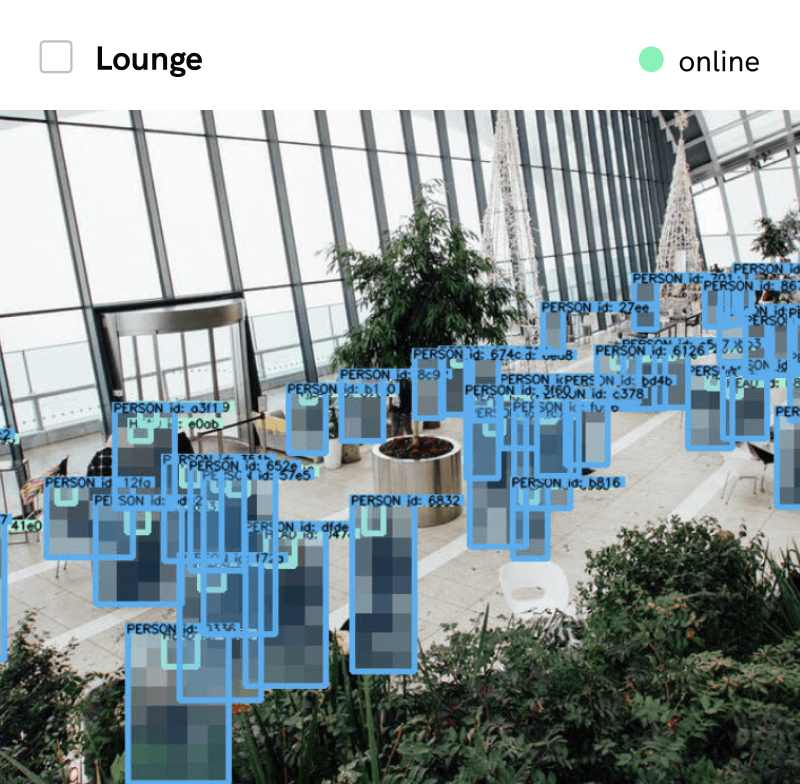
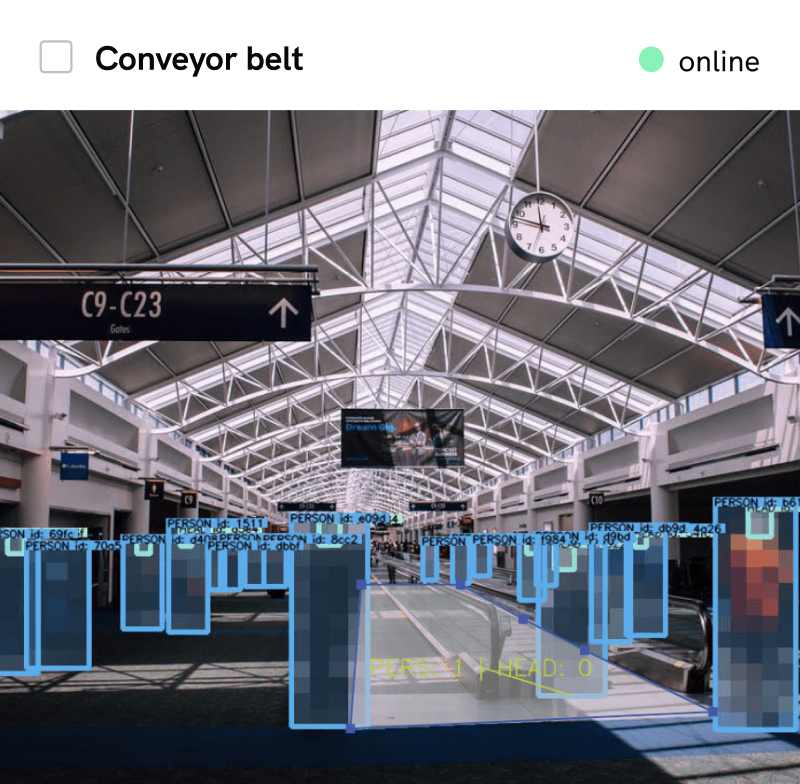




.webp)